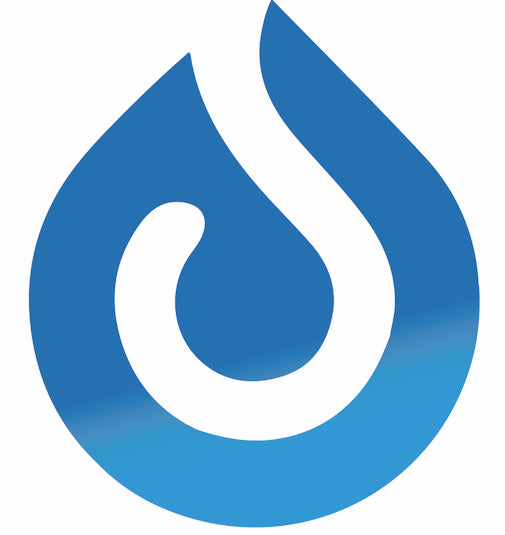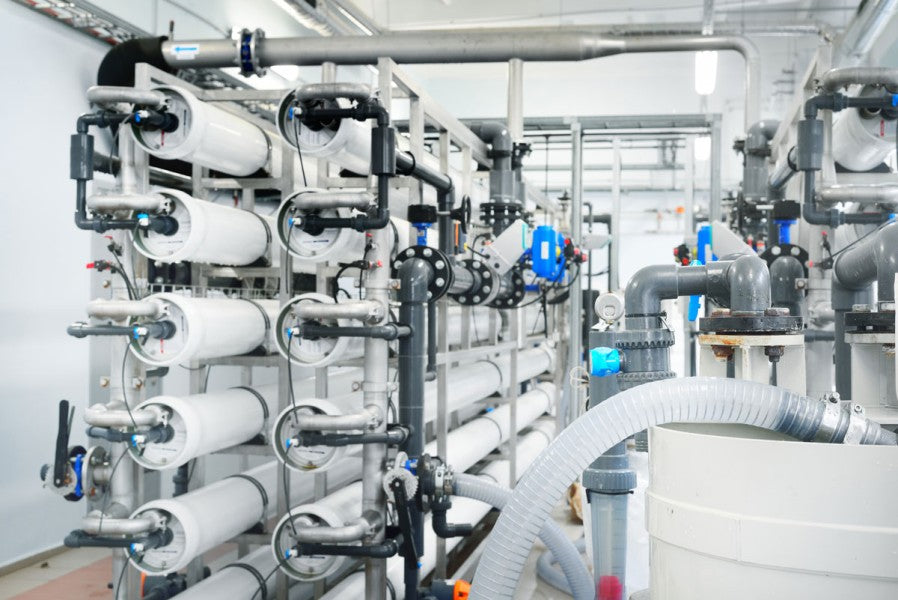The quest for pure water has led to the development of numerous filtration technologies. Among these, reverse osmosis (RO) and deionization (DI) resin-based filtration have gained significant popularity in various industries. This article provides a detailed technical analysis of both methods, discussing their principles, applications, advantages, and disadvantages to help users make informed decisions when selecting a water purification system.
Water is a fundamental resource for numerous industrial, commercial, and domestic applications. Ensuring its purity is crucial for maintaining the efficiency and longevity of various processes and equipment. Two widely adopted water purification methods are reverse osmosis and deionization resin-based filtration. This article delves into the technical aspects of these techniques, comparing their benefits and drawbacks.
Reverse Osmosis (RO)
Reverse osmosis is a pressure-driven filtration process that utilizes a semi-permeable membrane to remove dissolved solids, organic compounds, and microorganisms from water. The process works by applying pressure to the feedwater, forcing it through the membrane, while contaminants are retained and flushed away.
Applications
RO has been successfully applied in diverse industries, such as pharmaceuticals, food and beverage production, electronics manufacturing, and water treatment for boiler feed and process water.
Advantages
- RO can remove up to 99% of dissolved solids, bacteria, and viruses.
- The technology is well-established, offering reliable and consistent performance.
- It is a low-maintenance process, requiring only periodic replacement of membranes and filters.
Disadvantages
- RO systems generate a significant amount of wastewater (brine).
- They are energy-intensive due to the high pressure required for the process.
- The effectiveness of RO is influenced by feedwater quality and temperature.
Deionization (DI) Resin-Based Filtration
Deionization is a process that removes ions from water using ion exchange resins. It involves two types of resins: cation exchange resins, which remove positively charged ions (e.g., calcium, magnesium), and anion exchange resins, which remove negatively charged ions (e.g., chloride, sulfate). The resins need to be regenerated periodically using acid and alkali solutions.
DI resin-based filtration is commonly used in laboratories, electronics manufacturing, pharmaceutical production, and power generation.
Advantages
- DI can produce ultra-pure water with very low conductivity, which is essential for certain applications.
- The process is efficient in removing dissolved ions and has a relatively low operating cost.
Disadvantages
- DI does not remove non-ionic contaminants, such as organic compounds and microorganisms.
- The process involves the handling of hazardous chemicals for resin regeneration.
- Frequent resin replacement and regeneration can contribute to higher maintenance costs.
Both reverse osmosis and deionization resin-based filtration have distinct advantages and disadvantages.
RO is efficient in removing a wide range of contaminants and has a lower maintenance requirement, but it is energy-intensive and generates considerable wastewater. DI, on the other hand, can produce ultra-pure water but has limitations in removing non-ionic contaminants and requires the handling of hazardous chemicals.
Selecting the appropriate water purification method depends on the specific requirements of the application. In some cases, a combination of RO and DI systems may be employed to achieve the desired water quality. By understanding the technical aspects of these methods, users can make informed decisions that will ultimately enhance the efficiency and longevity of their processes and equipment.

